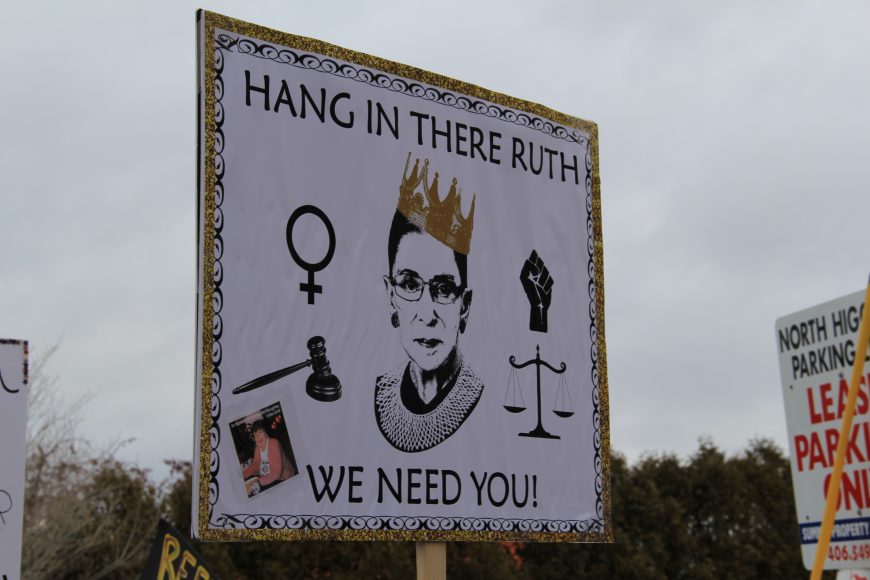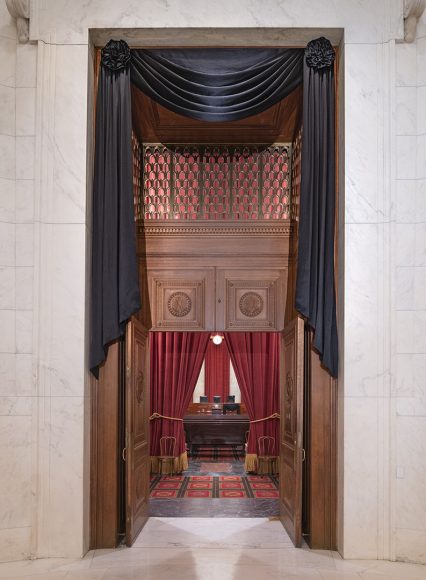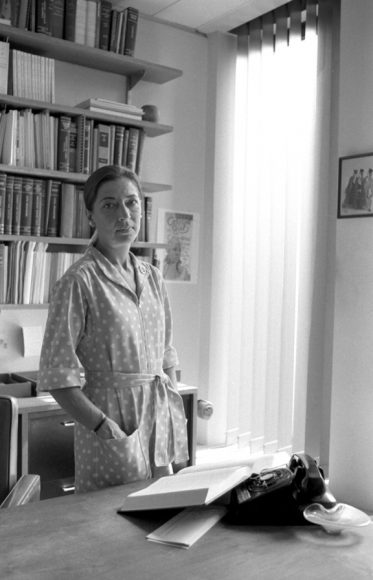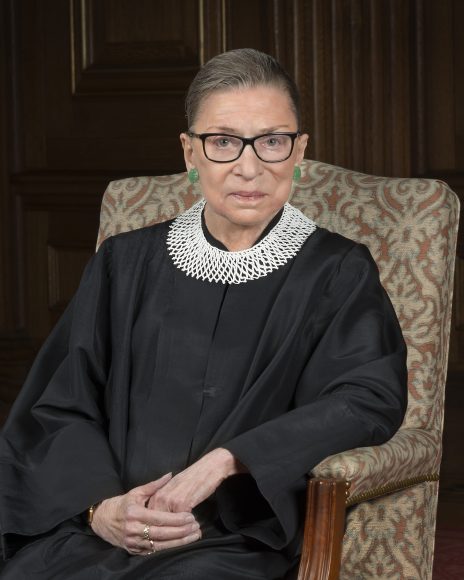When I was a student at Sarah Lawrence College in the 1970s — during a seminal wave of feminism — I took a course in the Women’s Studies department on gender and the law. Our textbook, “Sex-Based Discrimination,” was filled with absurd, horrifying stories of stewardesses — as they were called in those days — and the like, who were fired for being five pounds overweight, for not being “attractive” enough, for having babies — in other words, for being women. Two decades later as President Bill Clinton announced an appointee to the United States Supreme Court, I recalled the chief editor of that textbook — Ruth Bader Ginsburg.
Her death on Sept. 18 — the beginning of Rosh Hashanah this year — from complications of metastatic pancreatic cancer, drew bipartisan mourning and glowing remembrances. But it was particularly women who mourned the loss of a champion who broke through the glass ceiling — and worked to take all of us with her.
“She was small but mighty,” Margaret Brennan, the moderator of CBS’ “Face the Nation,” said Sept. 18 on PBS’ ”Washington Week” as the story of Ginsburg’s death broke. And that combination of a tiny, seemingly fragile body — albeit one that worked out vigorously and survived several bouts of cancer — and a tall moral stature helped make the crusading lawyer turned fiery jurist a natural cultural icon, “the Notorious RBG,” after the rapper the Notorious BIG, on everything from magnets to T-shirts; and in everything from her beloved opera to features and documentaries. (I particularly love the Ruth Bader Ginsburg Dress for Dissent magnetic kit, a tribute to the fashionista’s expressive collars, available at The Paper Source.)
Her legacy is one of example and fearlessness in pursuit of an equality for women that also benefited men at a time when most women would’ve been lucky to get a typing job and when athletes like Billie Jean King were reminded to put on their prettiest tennis dresses and do their makeup and hair before playing matches for which they were paid nothing.
But Ginsburg, a feminist tempered by fire in another era, also speaks to our own about persistence in the face of adversity – caring for her adored and adoring husband, the late tax lawyer and Georgetown University Law Center professor Martin D. Ginsburg, through two bouts of cancer, at the beginning of their marriage and at the end of his life, and continuing to work through her own cancers. In this the former “Kiki” Bader of Brooklyn showed the New York moxie that took her all the way to the Supreme Court, where she won five out of six cases before becoming an associate justice.
There are those who say Ginsburg stayed too long at the fair. But I don’t think so. She did what we all must do, play the hand we’re dealt. She went on. Amid all our current crises, it’s the best we can do.
Ruth Bader Ginsburg will lie in state at the U.S. Capitol Friday, Sept. 25. There will be a private funeral and internment service next week at Arlington National Cemetery, where she will be buried beside her husband.
– Georgette Gouveia




